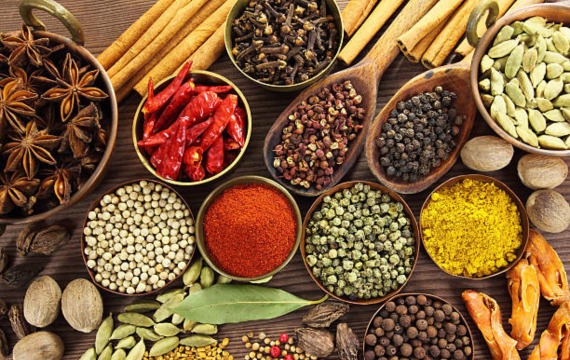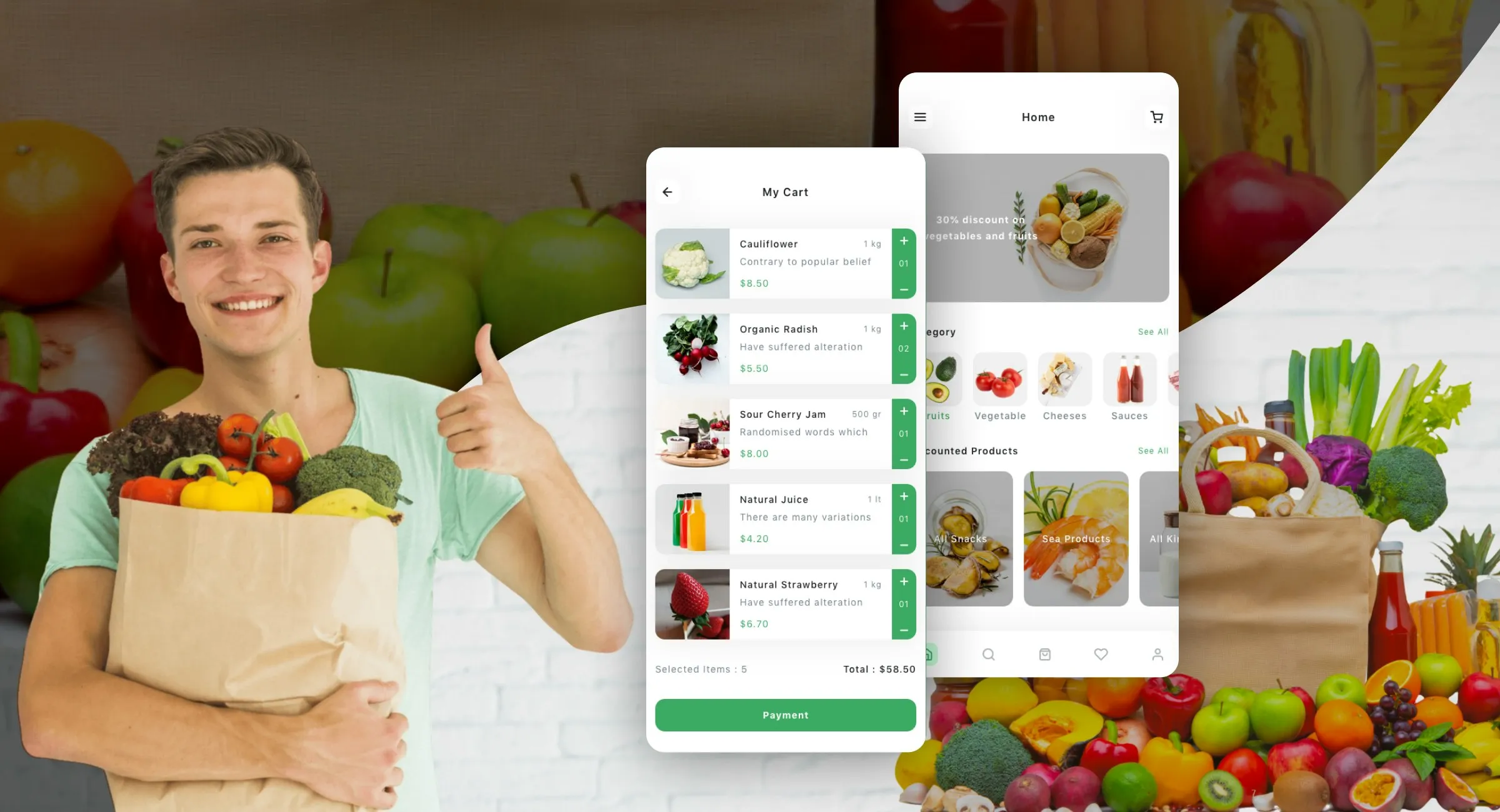Condiments are the secret stars of the culinary world—small additions that make a big impact. From classic ketchup and mustard to gourmet aiolis and chili pastes, condiments enhance flavors and elevate dishes. But behind each bottle or jar is a meticulous manufacturing process that ensures consistency, safety, and delicious taste every time. Whether you’re a food entrepreneur or simply curious about how your favorite sauces are made, understanding the key steps in condiment production reveals just how much thought goes into every drop.
1. Formulation and Recipe Development
The journey begins with a recipe. Food scientists and product developers collaborate to create formulations that balance taste, texture, color, and shelf life. Whether it’s a zesty hot sauce or a creamy salad dressing, each ingredient is carefully measured for its role in the final product.
This stage often includes:
- Flavor testing with focus groups
- Adjusting pH levels for food safety
- Identifying potential allergens
- Choosing preservatives (natural or synthetic)
Precision is crucial. Even a small variation can alter the flavor or lead to spoilage.
2. Ingredient Sourcing
Once the recipe is finalized, sourcing high-quality ingredients is the next step. Reliable suppliers are essential, especially when it comes to spices, oils, vinegars, and other base ingredients. Manufacturers often prioritize:
- Non-GMO or organic options
- Locally sourced produce
- Sustainable or ethical suppliers
Ensuring ingredient consistency helps maintain product quality batch after batch.
3. Pre-Processing and Preparation
Raw ingredients go through a series of pre-processing steps such as washing, peeling, chopping, or grinding. In many condiments, especially those containing fresh vegetables or fruits (like salsas or chutneys), cleanliness and uniformity at this stage are vital.
This step also includes:
- Mixing dry and wet ingredients
- Heating or cooking if needed to blend flavors or reduce microbial content
- Monitoring moisture content and pH
For products like mayonnaise or dressings, emulsion stability is also checked during this phase to prevent separation.
4. Cooking and Blending
Most condiments undergo controlled cooking to develop flavors and enhance preservation. This stage involves:
- Heating the mixture to a precise temperature
- Stirring or agitating to ensure even blending
- Adding thickeners or stabilizers (like xanthan gum)
Proper cooking also helps reduce harmful microorganisms, making the condiment safe for consumption. In high-acid condiments, like pickles or mustard, cooking may be minimal but blending must still be thorough.
5. Quality Control and Testing
Before bottling, a sample is tested for:
- Flavor consistency
- Microbial safety
- pH level
- Viscosity (thickness)
- Color and aroma
Quality control labs ensure that every batch meets safety regulations, including those set by the FDA or international food safety standards like HACCP. Any batch that doesn’t meet criteria is rejected or reformulated.
6. Filling and Packaging
Once the condiment passes quality checks, it moves to the filling stage, where automated machinery—often using a carousel filling system—dispenses the product into bottles, jars, or packets with speed and precision. This rotary system allows for continuous motion, increasing efficiency while maintaining accuracy. During this stage, the packaging is sterilized, fill levels are closely monitored to ensure consistency, and containers are securely capped or sealed.
Labels displaying nutritional information, allergen warnings, and expiration dates are then applied. High-speed production lines like these allow modern facilities to fill and package thousands of units per hour, all while minimizing human contact to uphold strict hygiene standards.
7. Pasteurization (if required)
Some condiments—especially those with lower acid levels—require pasteurization to kill off any remaining microbes. This may be done before or after packaging, depending on the product.
Hot-fill pasteurization involves filling the product at high temperatures and sealing immediately, letting the heat sanitize both product and container.
8. Storage and Distribution
After production, condiments are stored in climate-controlled environments to maintain quality. Temperature, humidity, and light exposure are all carefully monitored. Once ready, the product is distributed to retailers, wholesalers, or directly to consumers.
Efficient logistics ensure that freshness is preserved from the factory to the customer’s plate.
Final Thoughts
Condiment production may seem simple from the outside, but it’s a carefully choreographed process combining culinary creativity with food science and industrial precision. Each bottle of hot sauce or jar of mustard goes through multiple checks, balances, and techniques to ensure it meets the highest standards.
As consumer demand for bold flavors and healthier ingredients grows, the condiment industry continues to evolve—offering exciting opportunities for innovation while maintaining the fundamentals of safe, tasty, and reliable production. Whether you’re launching your own sauce brand or just looking to understand how your favorite spread is made, knowing these key steps helps you appreciate the flavorful science behind every squeeze and spoonful.




